
Key Points
- Tame your driving behaviour and utilise regen
- Use eco mode and turn off air-con when on low battery
- Save up to 20 per cent range by driving wise
So, you’ve switched (or are looking to buy) to an electric car. Now, it’s time to maximise its driving range.
We’ve already detailed how to save money on charging an electric vehicle, but improving the car’s efficiency and extending range will help with reducing the need to charge and costs, too.
Whether you want to make the most of your battery every day, need more range to last a road trip, or you're low on battery and need enough juice to get home or the nearest charger, here’s how you can extend your EV range.
What is the driving range of an electric car?
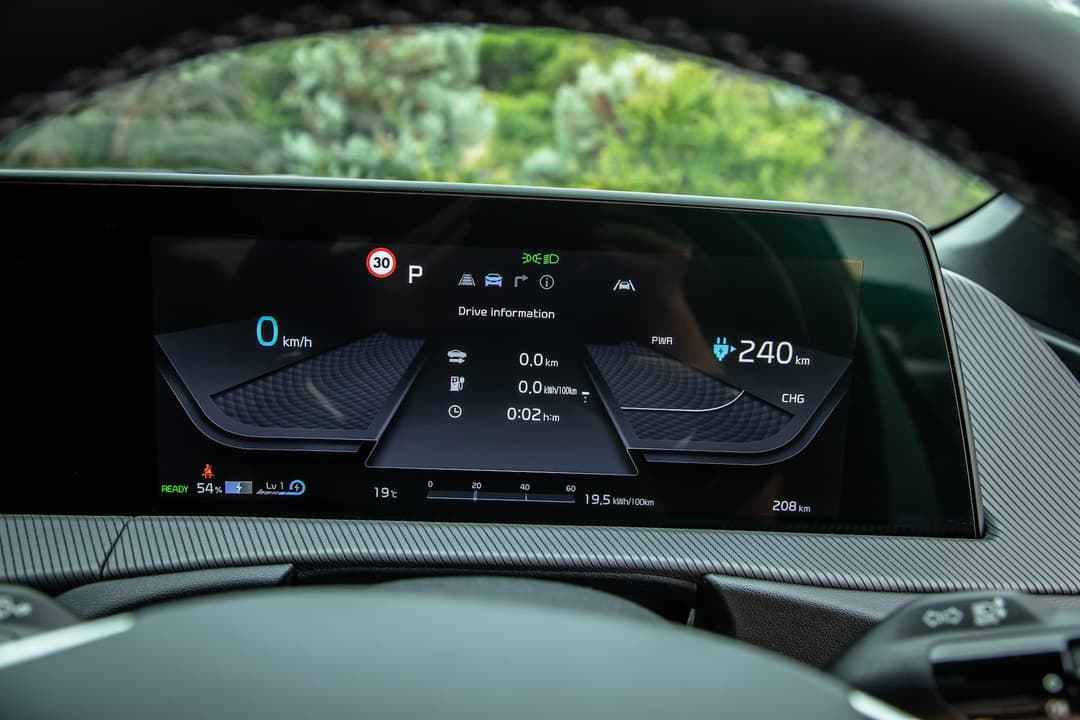
Driving range is the total distance an electric car can travel from a fully charged battery – which isn’t recommended for most models to preserve the health of the battery. Car brands quote claimed EV ranges, but are usually unrealistic in real-world conditions.
EV driving range is based on the net usable battery capacity size in kWh (like a fuel tank litres) and the energy efficiency of the car’s electric drive unit – motors, electronics and regenerative braking systems – measured as kWh/100km or Wh/km (like fuel litres/100km).
Most electric cars typically offer between 300km to 600km claimed driving ranges today, with 430km being the average in our EV database. According to the Australian Bureau of Statistics, the typical Australian only drives 34km per day.
Over time, new battery developments, more efficient drive units and aerodynamic designs will improve EV range further.
What affects electric car range?
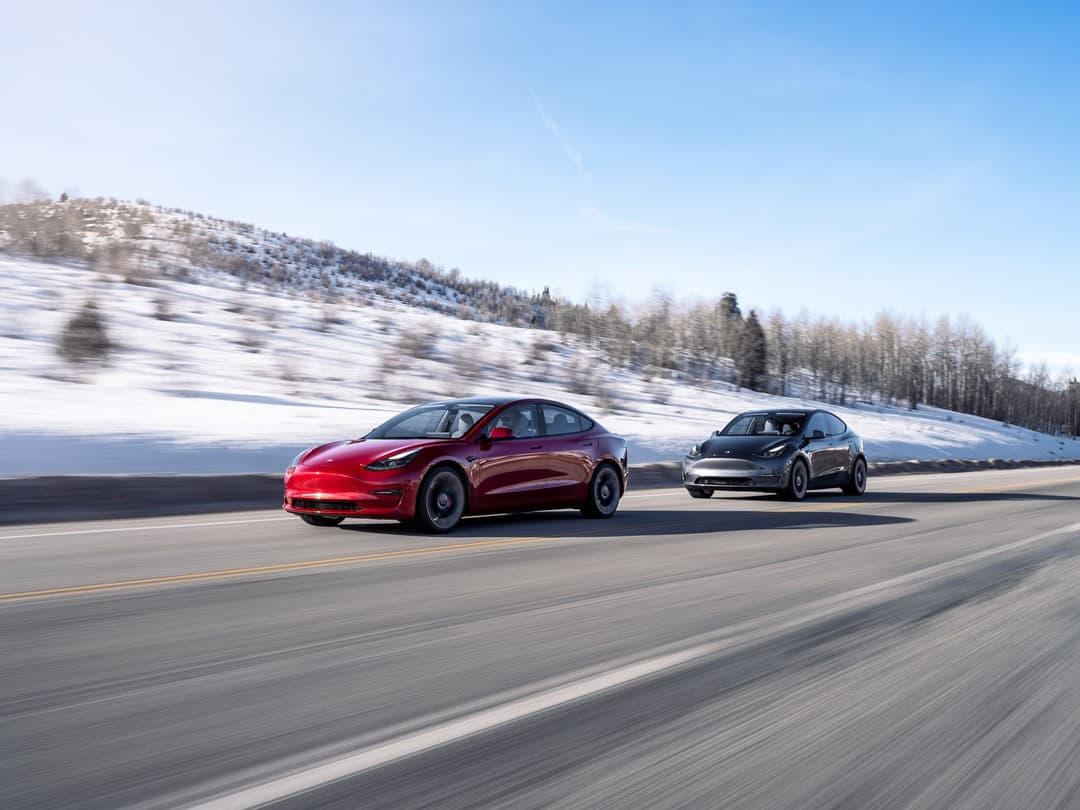
Like with internal combustion petrol and diesel cars, a range of factors can affect driving range and energy consumption in the real-world that is generally lower than manufacturer claims.
Five ways to extend electric car range
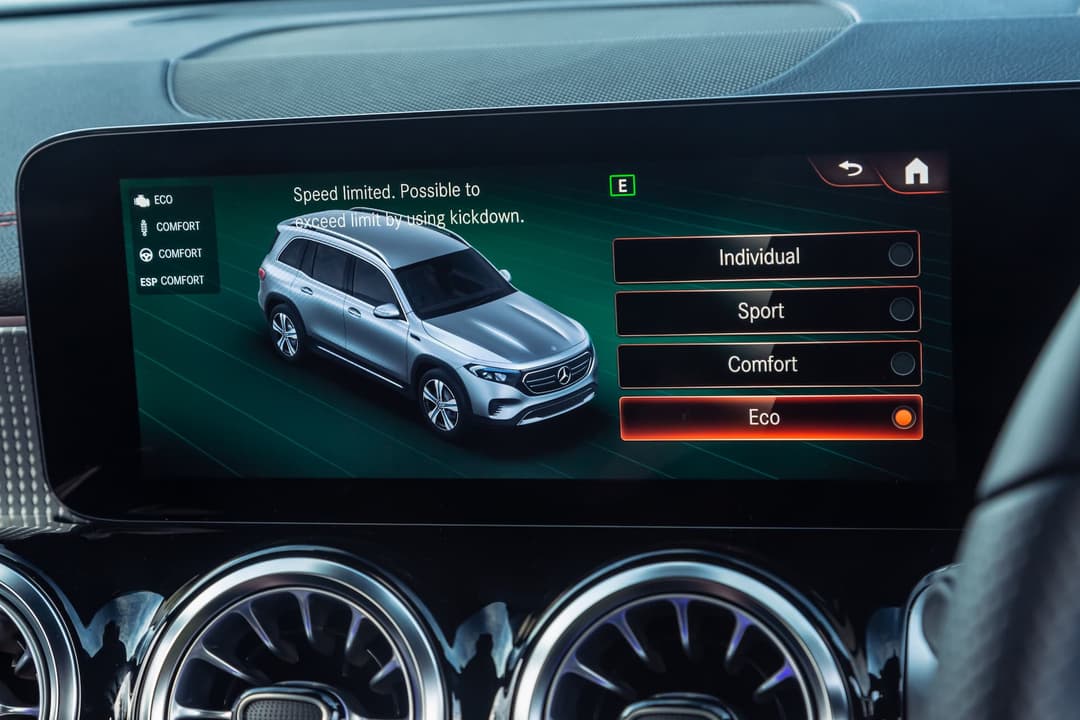
🪫 Eco mode
All EV models feature an eco mode option – except for Tesla electric cars which only have a ‘chill’ acceleration setting – and can be toggled via a button on the steering wheel, centre console or within the touchscreen.
Eco mode dulls down the throttle response, power and air conditioning system to reduce energy consumption.
It could extend your driving range by up to 10 per cent or more (depending on the car and conditions) and is a must-do if you’re running low on battery.
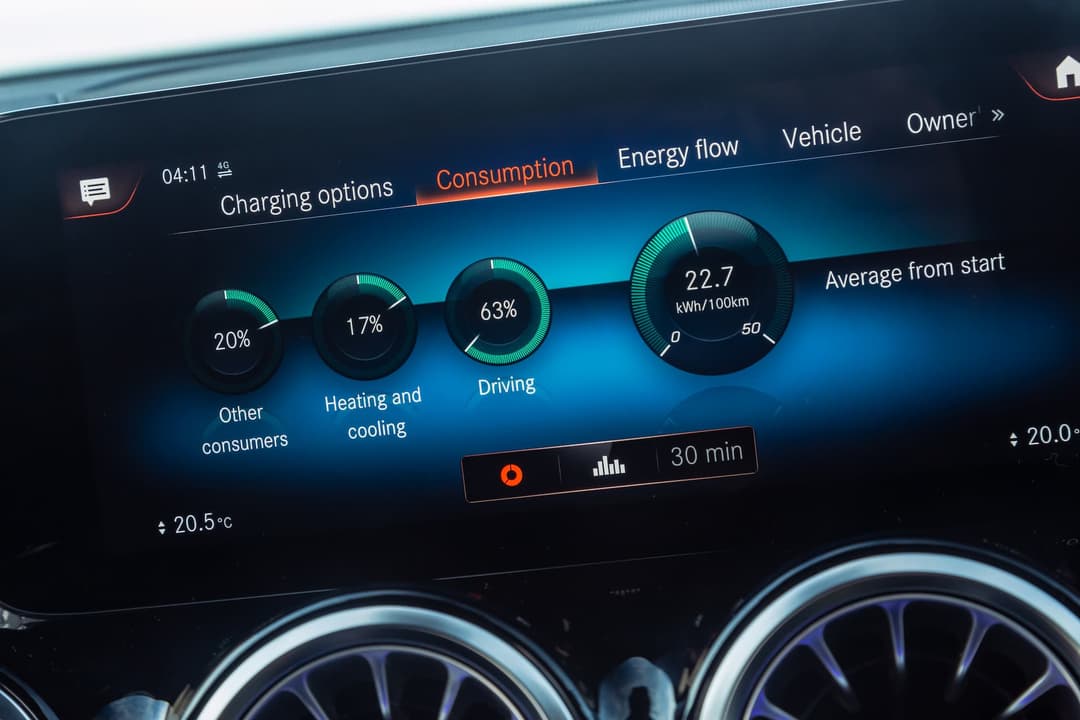
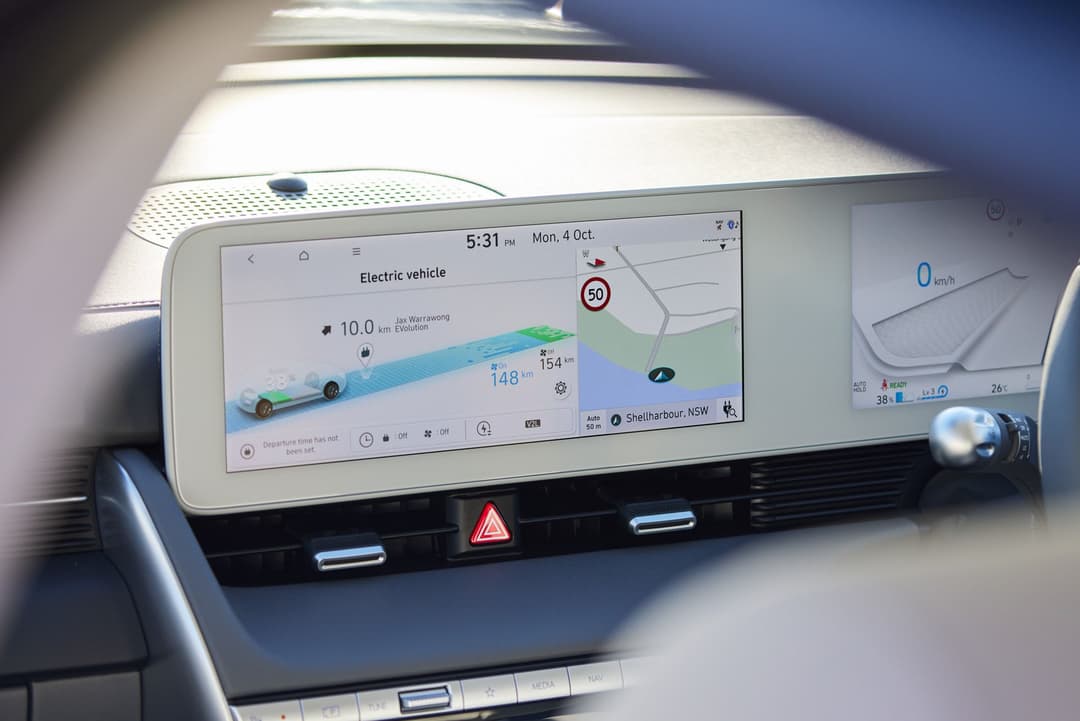
💨 Limit the air con
The car’s interior climate control is one of the most power-hungry systems in an electric car. So, consider setting less extreme low or high temperatures and reduce the fan speed strength.
If it’s only you in the driver's seat, turn off any unused open air vents at the front passenger or rear row seats. Hyundai, Kia and Genesis electric cars offer a ‘driver only’ button and Tesla cars deactivate the vents automatically when it senses there isn’t anyone sitting in front of it.
Otherwise, to make the most out of your electric range, turn off the climate control completely and use ventilated or heated seats instead (but don’t open the sunroof or windows as per below). Depending on the car and weather conditions, you could save as much as 100km of driving range, according to Car and Driver.
Some EV models like the BYD Atto 3, Tesla Model Y and top-spec Hyundai Ioniq 5 include a heat pump as standard, which harvests waste heat generated from the electric motors to power the climate control. This improves energy efficiency, but is most useful in extremely cold climates (a rarity in Australia).
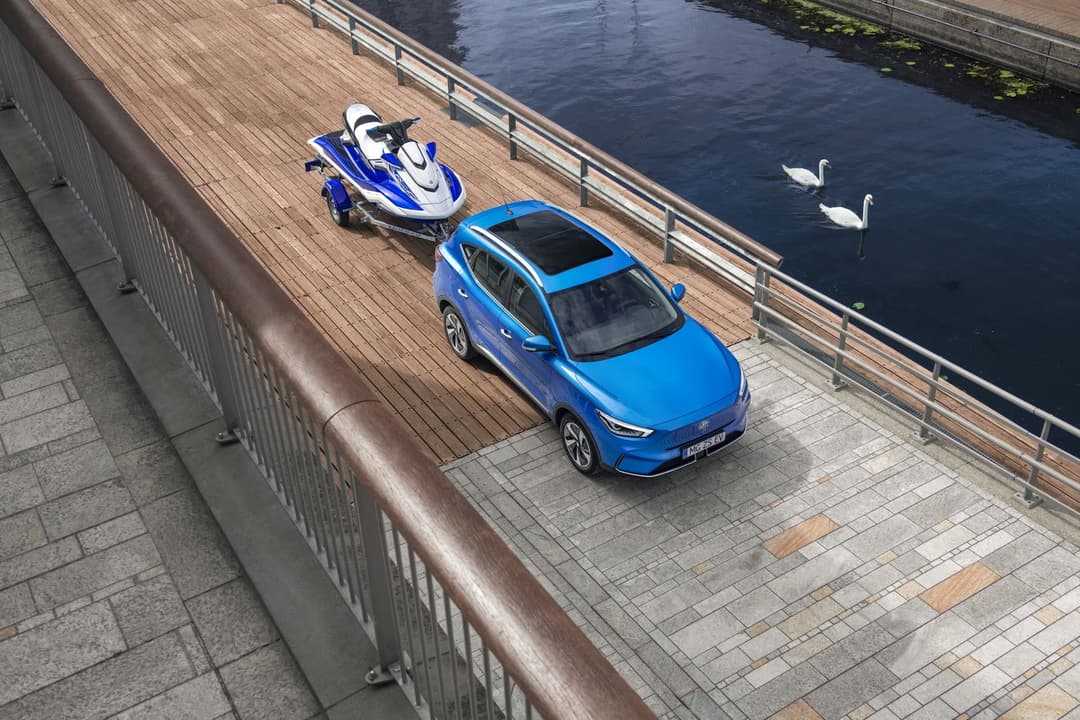
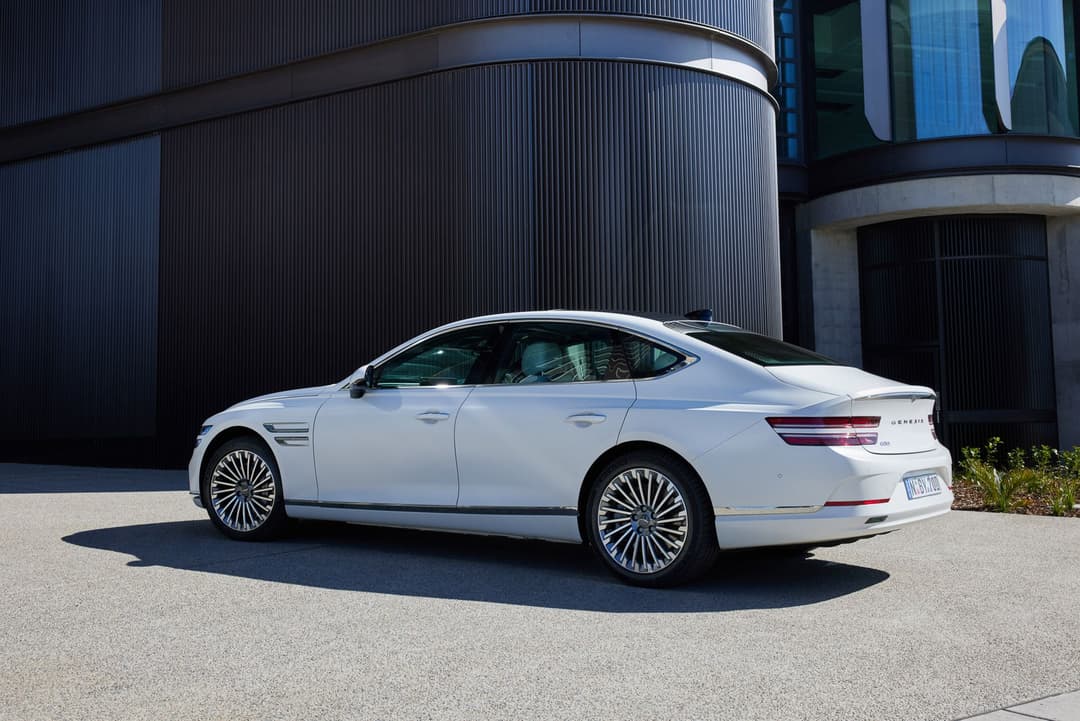
🪂 Avoid drag
Aerodynamic drag, where physical factors limit the wind slipperiness of an EV, also contributes to reducing driving range. Electric car models are designed to be aerodynamic with a drag coefficient (cd) number denoting how easily it cuts through the air while driving, especially when there’s headwinds.
Design elements like a sloping roof shape, closed-off grilles, flush door handles and flat wheel covers maximise range. This is noticeable in electric cars like the Tesla Model 3, Genesis Electrified G80 and Mercedes-Benz EQS sedans. In contrast, higher-riding and boxier SUVs tend to be less aerodynamic.
So, try to avoid disrupting the aerodynamic efficiency by putting unnecessary drag. This includes:
- Close all windows and the sunroof;
- Remove accessories like roof racks and tow bars when not needed;
- Keep the flat plastic wheel covers on (found in some models); and
- Drive with a lighter load in the electric car, especially on road trips
Also, maintain your tyres at the recommended pressure (shown on the plaque on driver's side inside door) as driving with an under-inflated tyre will increase energy consumption.
EV drivers may consider 'drafting' behind a truck, caravan or bus while travelling on highways to avoid headwinds. But, remember to always keep a safe distance with the vehicle in front, with at least a two second gap.
Attaching anything to your car or pulling a trailer/caravan will significantly reduce your range.
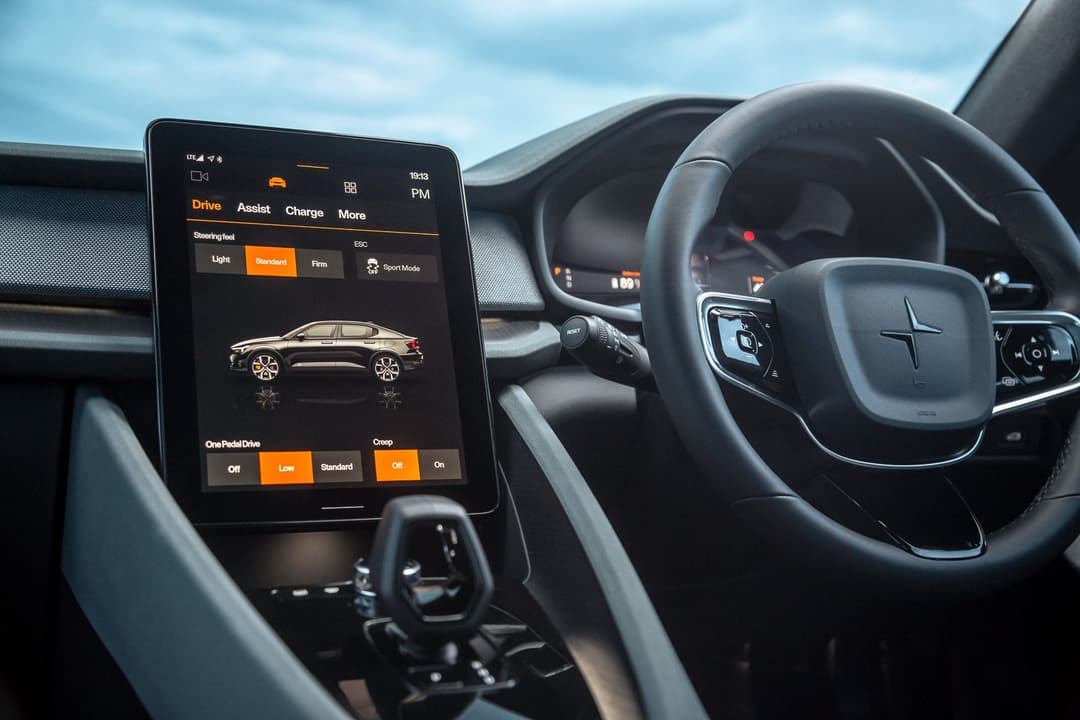
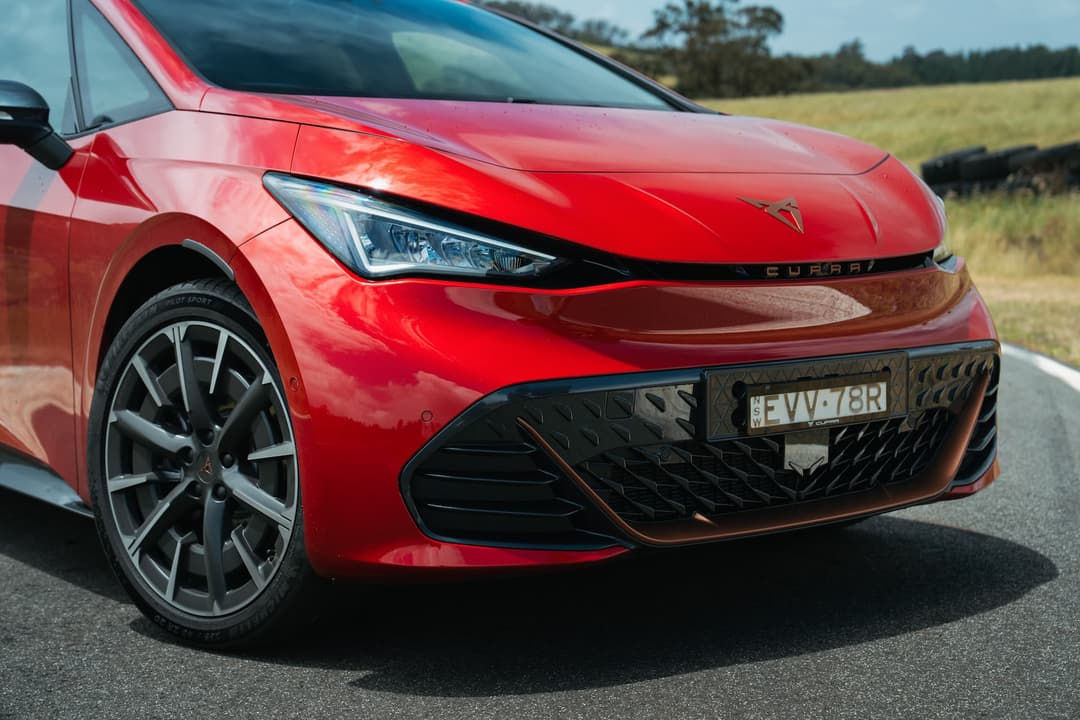
⚡️ Regenerative braking
Electric cars are most efficient in urban stop-start traffic situations as they travel at a low speed and constantly use regenerative braking.
This is where the electric motor inverses to slow down the vehicle, but unlike engine braking, it recoups some of that kinetic energy to charge back into the battery.
Therefore, it’s best practice for EV owners to set the maximum regen setting.
Some models like the BYD Atto 3, MG ZS EV and Cupra Born can’t regen to a full stop (called one-pedal driving), but the top of the brake pedal is usually reserved for regenerative braking before activating the hydraulic brakes when pressed further.
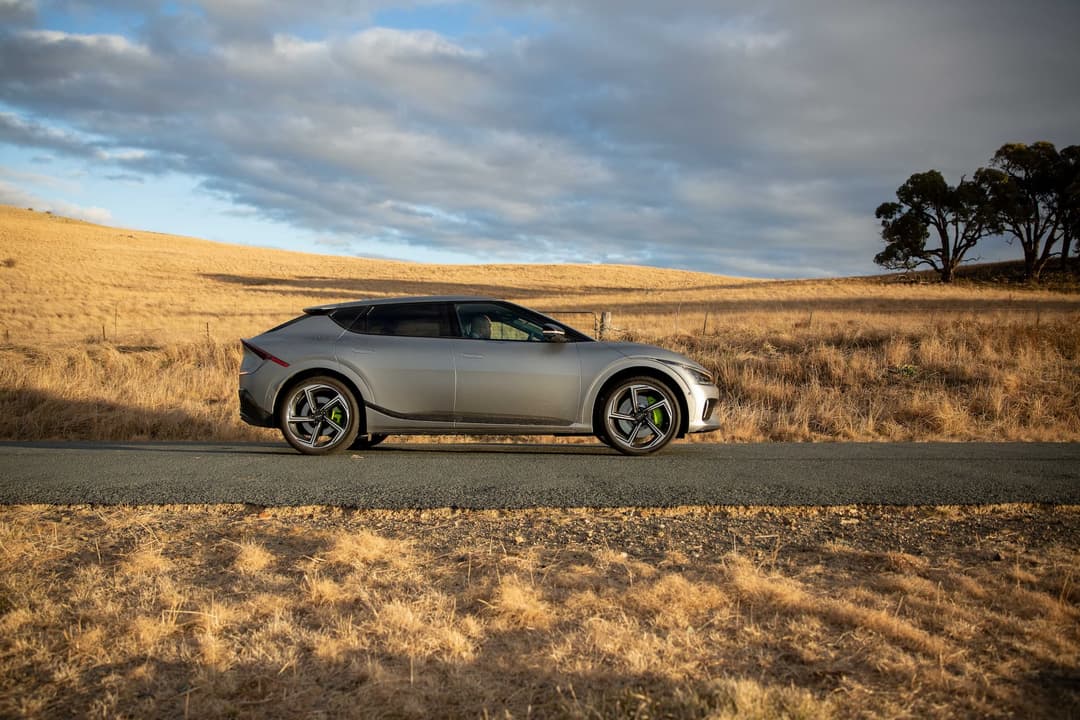
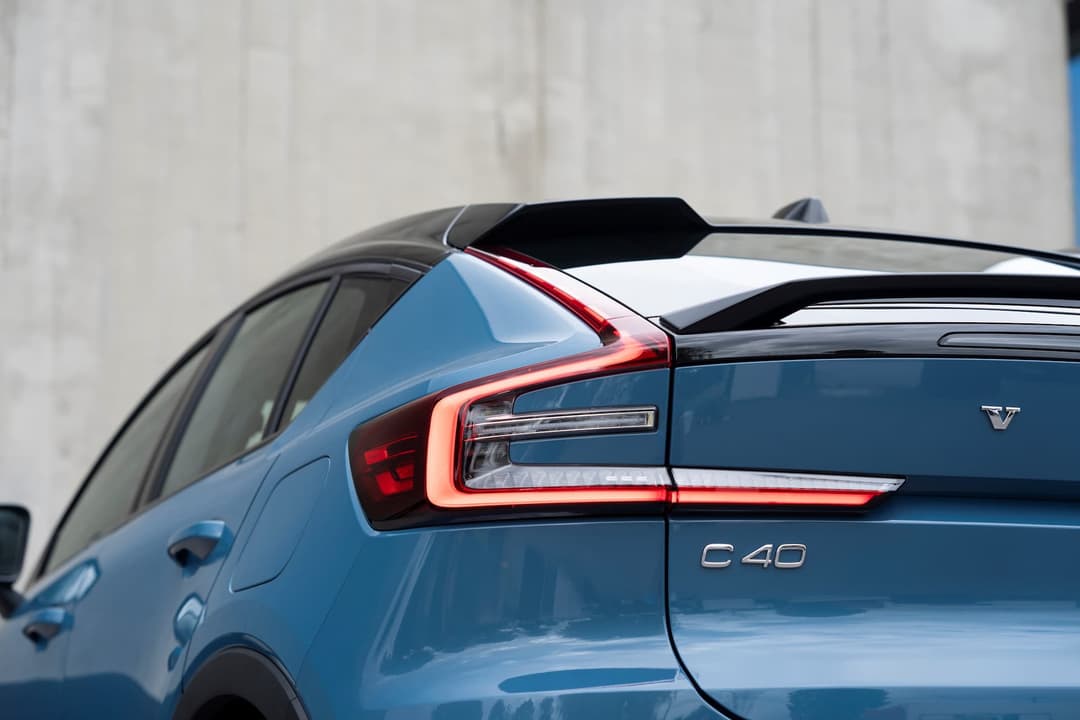
🛞 Drive smoothly
In addition to using the most intense regenerative braking setting, driving smoothly will improve electric car range and passenger comfort.
Actively analyse the road traffic conditions and pre-emptively slow down gradually – using regenerative braking – early before reaching the traffic lights, junction or roundabout.
Then, accelerate gently on the pedal (and try not to leave every petrol and diesel car in your mirror thanks to electric instant torque). By avoiding sudden movements and driving in a more relaxed manner, it will maximise your EV’s energy efficiency.
Depending on your driving profile, up to 30 per cent of your EV's energy can come from regenerative braking.
Electric range FAQs
About the author
Stay up to date with the latest EV news
- Get the latest news and update
- New EV model releases
- Get money savings-deal

